10 Animals That Can Literally Bring Themselves Back to Life
In the vast tapestry of life on Earth, few phenomena are as captivating as certain animals' ability to defy death seemingly. These remarkable creatures possess the incredible power to revive themselves, a testament to nature's ingenuity and resilience. This article delves into the lives of ten such miracle makers, exploring how their unique abilities ensure their survival and inspire scientific advancements. From microscopic tardigrades to robust axolotls, each section will unveil the secrets behind their revival capabilities, highlighting the intricate balance of biology and environment that enables such feats. This exploration celebrates the marvels of evolution and sheds light on the potential applications of these abilities in medicine and technology. As we journey through the lives of these extraordinary animals, prepare to be awed by nature's unparalleled creativity and adaptability.
1. Tardigrades: Masters of Anhydrobiosis
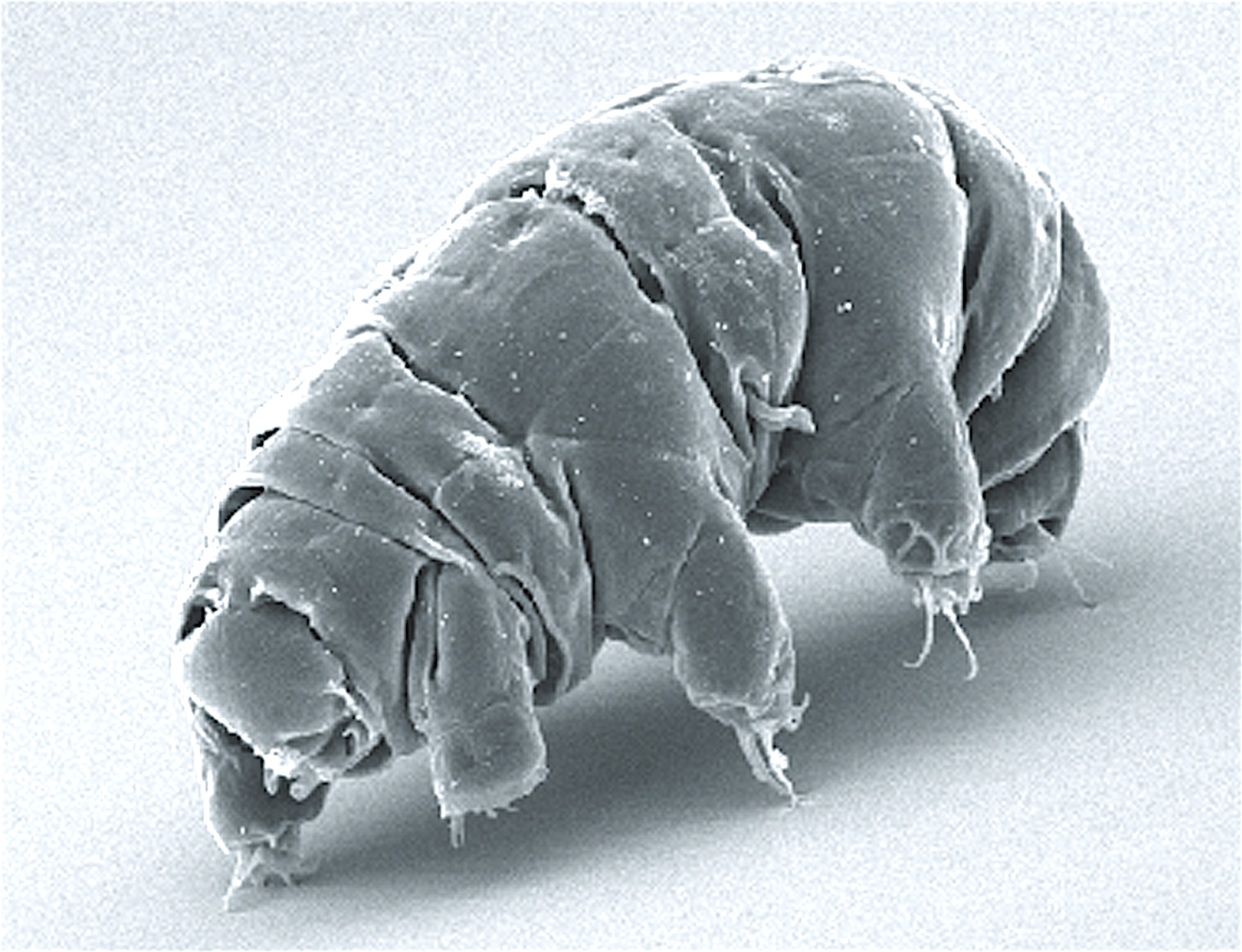
Tardigrades, often called water bears, are microscopic creatures renowned for their resilience. These tiny invertebrates can survive extreme conditions by entering an anhydrobiosis. In this state, tardigrades expel almost all water from their bodies and curl into a tun, a desiccated form that can withstand extreme temperatures, radiation, and even the vacuum of space. This incredible adaptation allows them to pause their biological processes, effectively putting life on hold until favorable conditions return. Scientists have been studying tardigrades to understand the molecular mechanisms that protect their cells during desiccation. They hope to apply these findings to improve the preservation of biological materials and even enhance human resilience to harsh environments.
2. Axolotls: The Regeneration Experts
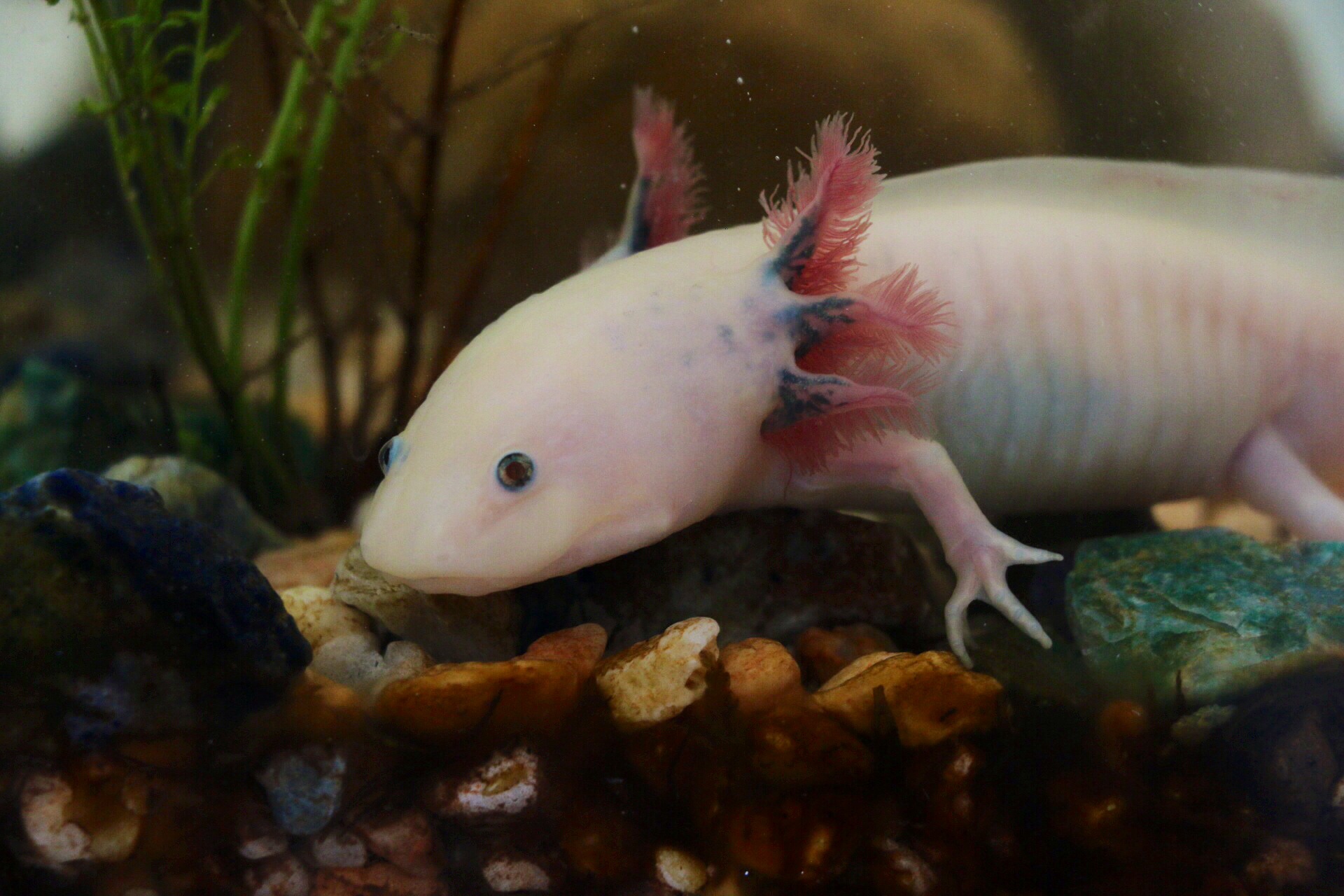
Axolotls, a salamanders native to Mexico, are renowned for their extraordinary regenerative abilities. Unlike most animals, axolotls can regrow entire limbs, organs, and even parts of their spinal cord with remarkable precision and functionality. This ability is due to unique blastemal cells, which can differentiate into various cell types needed for regeneration. Researchers are particularly interested in the axolotl's capacity to regenerate without forming scar tissue, a process that could revolutionize human regenerative medicine. Scientists hope to unlock new spinal cord injuries, degenerative diseases, and more treatments by studying the genetic and molecular pathways involved in axolotl regeneration.
3. Planarians: The Immortal Worms
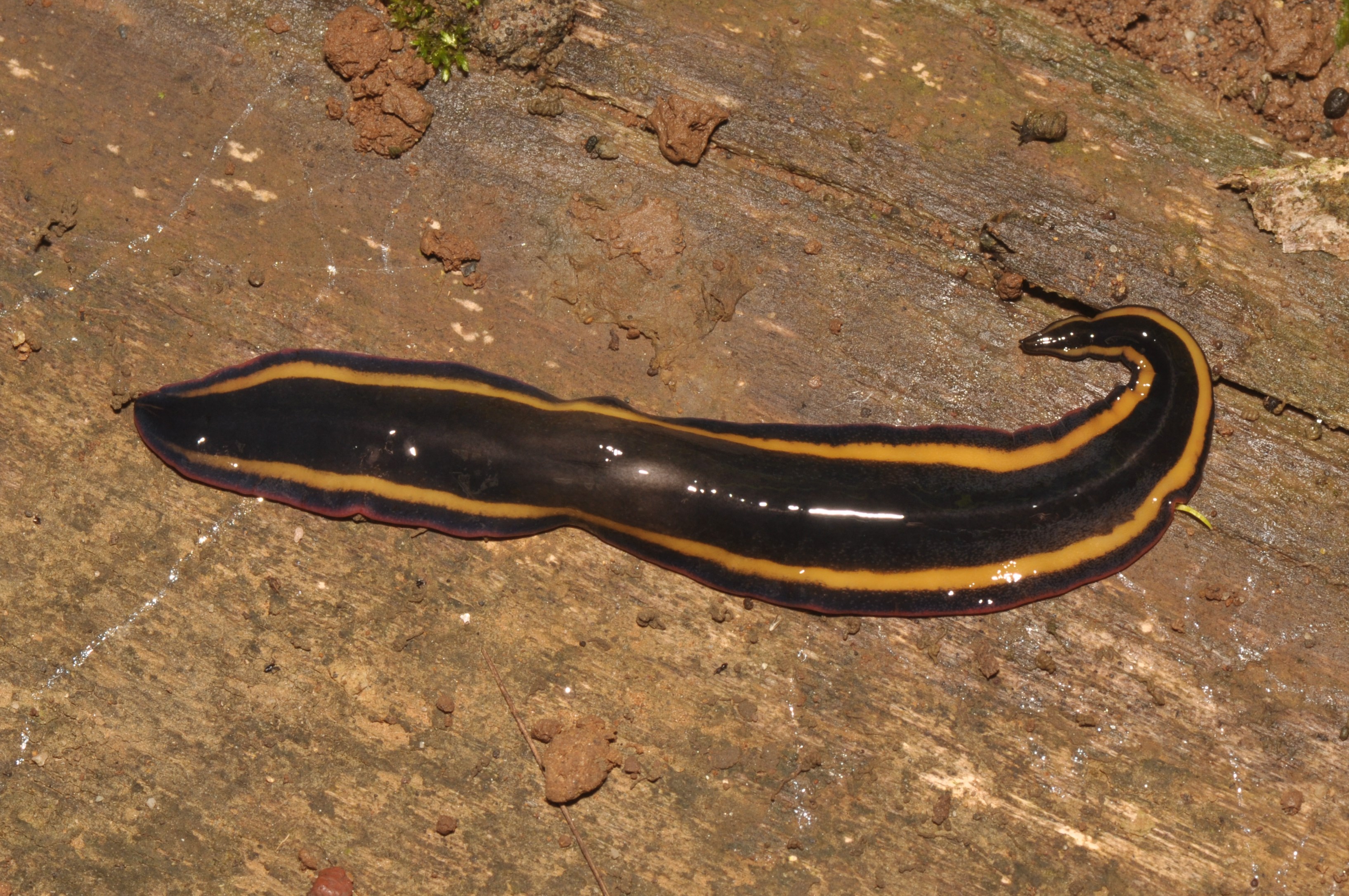
Planarians, flatworms found in freshwater environments, possess an almost mythical ability to regenerate. These worms can regrow any part of their body, including their heads and brains, from just a small fragment. This regenerative prowess is attributed to their abundance of pluripotent stem cells, which can develop into any cell type needed for regeneration. Planarians have become a model organism for studying stem cell biology and regeneration, offering insights into cellular differentiation and tissue repair. Understanding how planarians control their stem cells and prevent uncontrolled growth could provide valuable clues for cancer research and regenerative medicine, potentially leading to breakthroughs in treating various human ailments.
4. Sea Cucumbers: The Evisceration Escape Artists
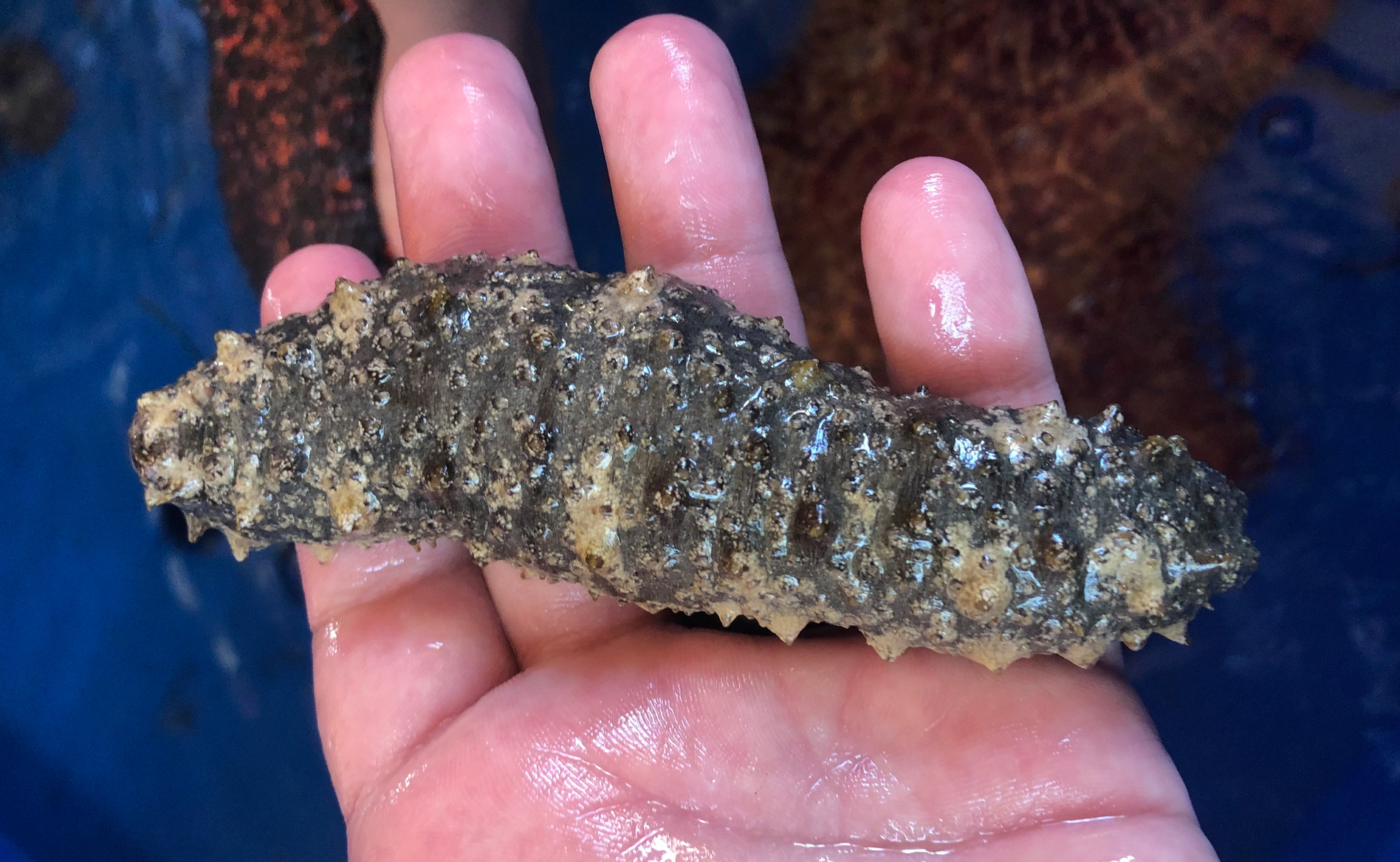
Sea cucumbers, intriguing echinoderms found on ocean floors, have a unique defense mechanism that involves expelling their internal organs when threatened. This process, known as evisceration, allows them to escape predators while leaving behind a decoy. Remarkably, sea cucumbers can regenerate their lost organs within weeks, underscoring their resilience. This ability is facilitated by specialized cells that proliferate and differentiate to replace the ejected tissues. The study of sea cucumber regeneration sheds light on the molecular and cellular processes underlying organ regeneration, offering potential applications in regenerative medicine and organ transplantation.
5. African Spiny Mice: The Skin-Healing Specialists
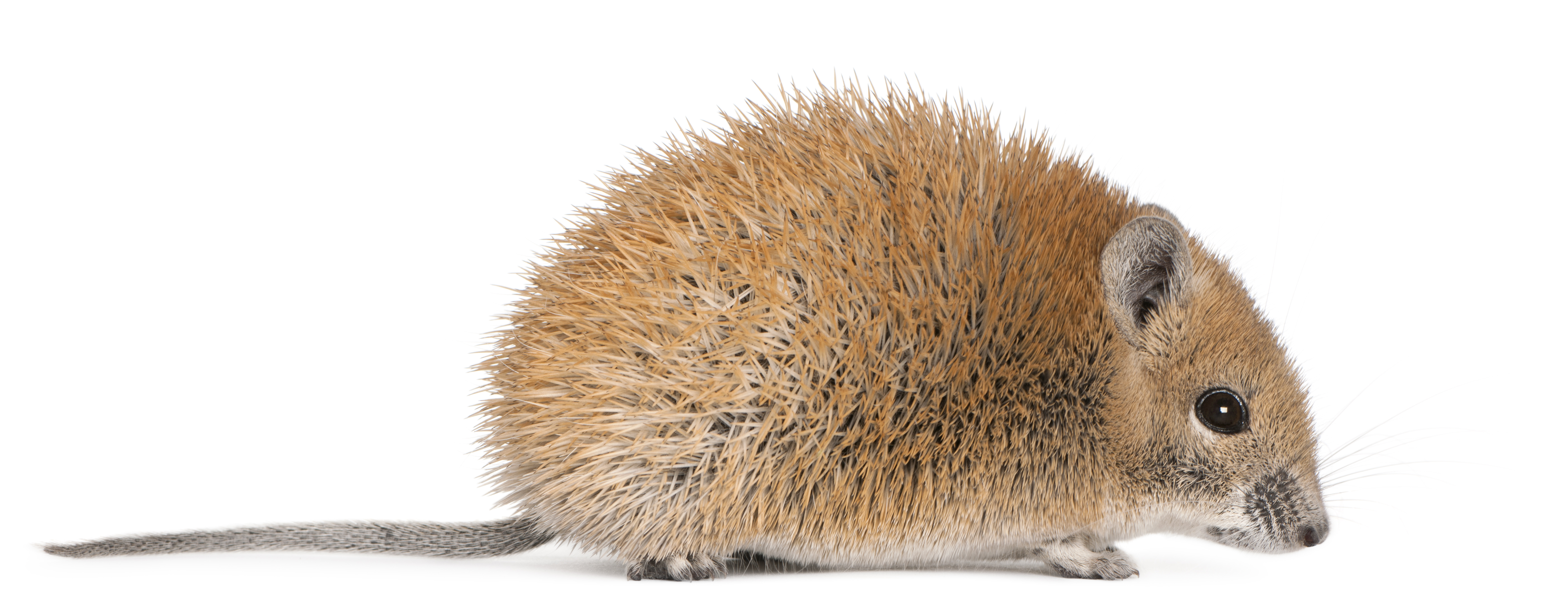
African spiny mice, native to sub-Saharan Africa, are small rodents with an extraordinary ability to heal their skin. Unlike most mammals, these mice can regenerate skin tissue, including hair follicles and cartilage, without scarring. This remarkable healing process involves a unique immune response and the activation of specific genes that promote tissue regeneration. Scientists are investigating this ability's genetic and molecular mechanisms, hoping to apply their findings to improve wound healing and reduce human scarring. The African spiny mouse is a promising model for studying regenerative medicine, offering insights into how mammals can overcome the limitations of scar formation.
6. Hydras: The Ever-Youthful Creatures
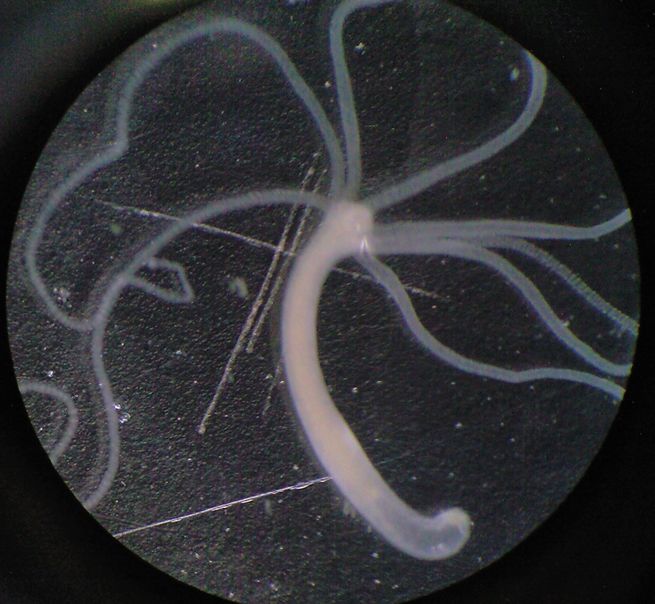
Hydras, small freshwater polyps, are renowned for their apparent biological immortality. These simple animals can continuously regenerate their cells, allowing them to maintain their youthful state indefinitely. This process is facilitated by a population of stem cells that constantly divide and replace old cells, preventing aging and degeneration. Researchers are fascinated by the hydra's ability to avoid senescence, the gradual decline in cellular function that occurs with age in most organisms. By studying the genetic and cellular mechanisms that enable hydras to maintain their youthful state, scientists hope to uncover new strategies for combating aging and age-related diseases in humans.
7. Jellyfish: The Rejuvenation Phenomenon
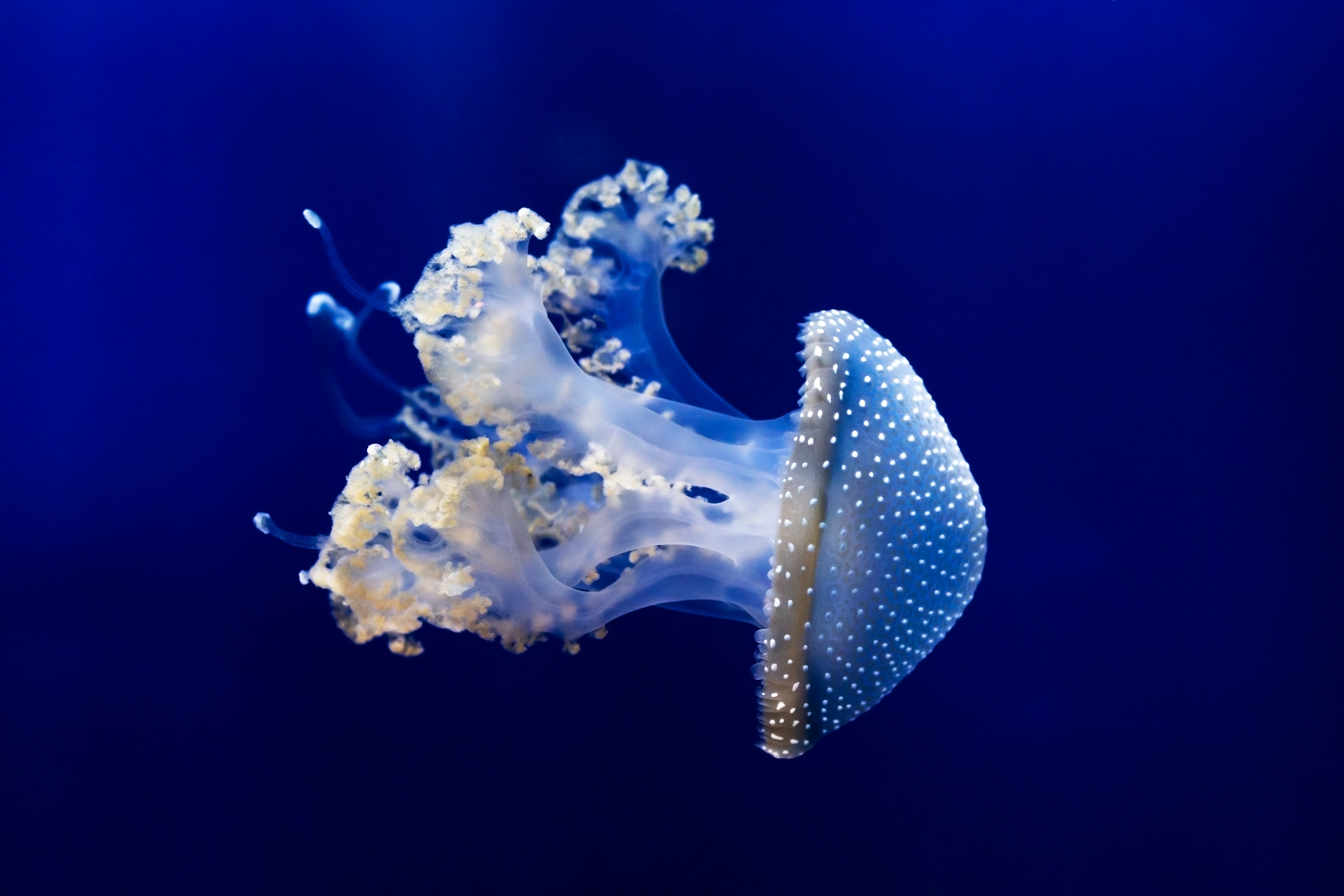
The Turritopsis dohrnii, often dubbed the "immortal jellyfish," has captivated scientists with its ability to revert to its juvenile form after reaching maturity. This extraordinary process, known as transdifferentiation, allows the jellyfish to bypass death and start its life cycle anew effectively. The jellyfish can regenerate its entire body by transforming mature cells back into stem cells, ensuring survival in changing environments. Researchers are studying the molecular pathways involved in this process, hoping to unlock new insights into cellular plasticity and regeneration. The immortal jellyfish is a model for understanding how organisms can manipulate cellular identity, offering potential applications in regenerative medicine and aging research.
8. Wood Frogs: The Frozen Survivors
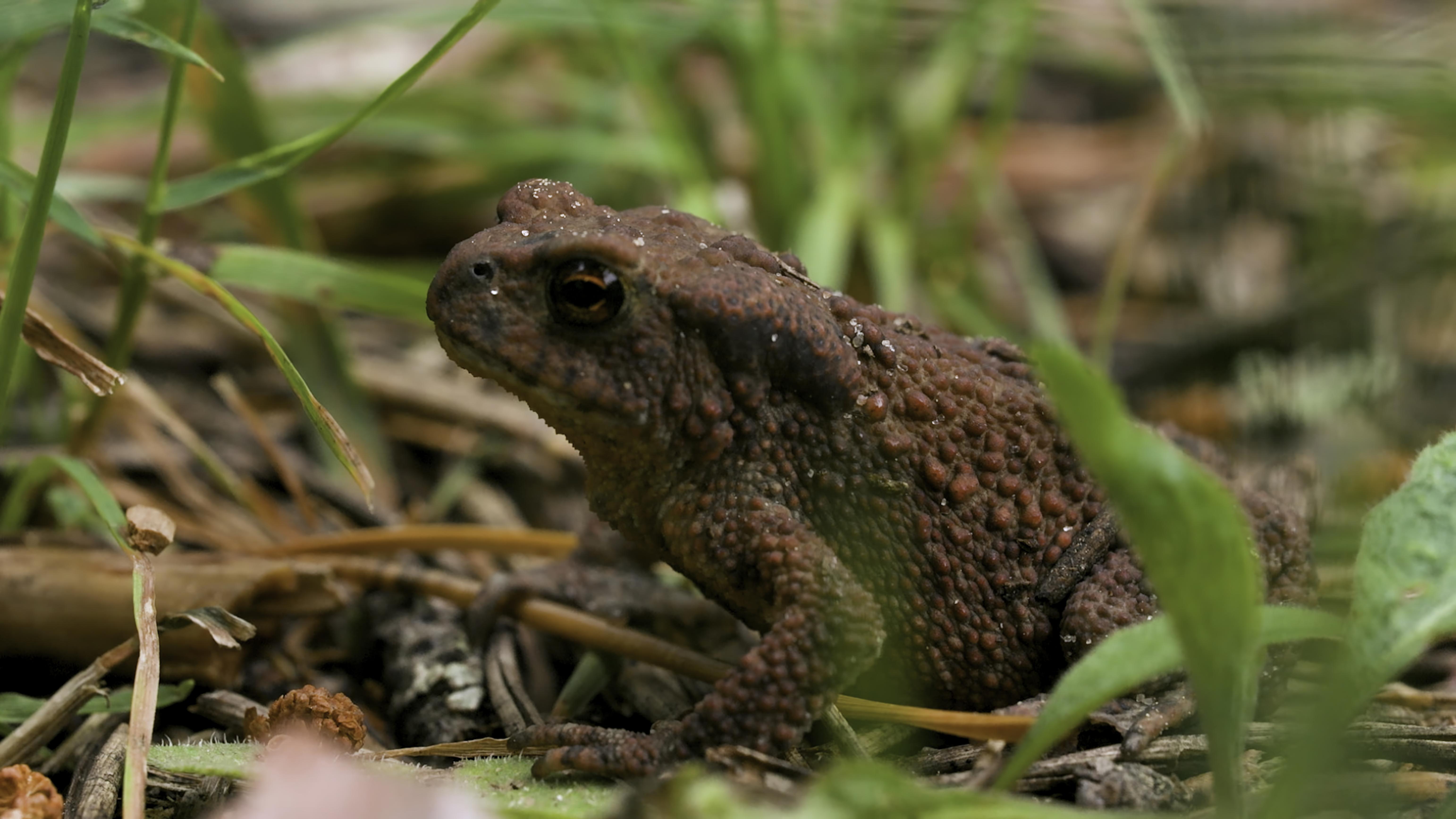
Wood frogs, native to North America, have a remarkable ability to survive freezing temperatures by entering a state of suspended animation. During winter, these frogs allow their bodies to freeze, with ice forming in their tissues and organs. Despite this, they can revive in spring, emerging unharmed from their frozen state. This incredible adaptation is made possible by producing cryoprotectants, substances that prevent ice formation within cells, and regulating metabolic processes to minimize damage. Scientists are studying wood frogs to understand the mechanisms that allow them to survive freezing, with potential applications in cryopreservation and organ transplantation.
9. Nematodes: The Revivifying Roundworms
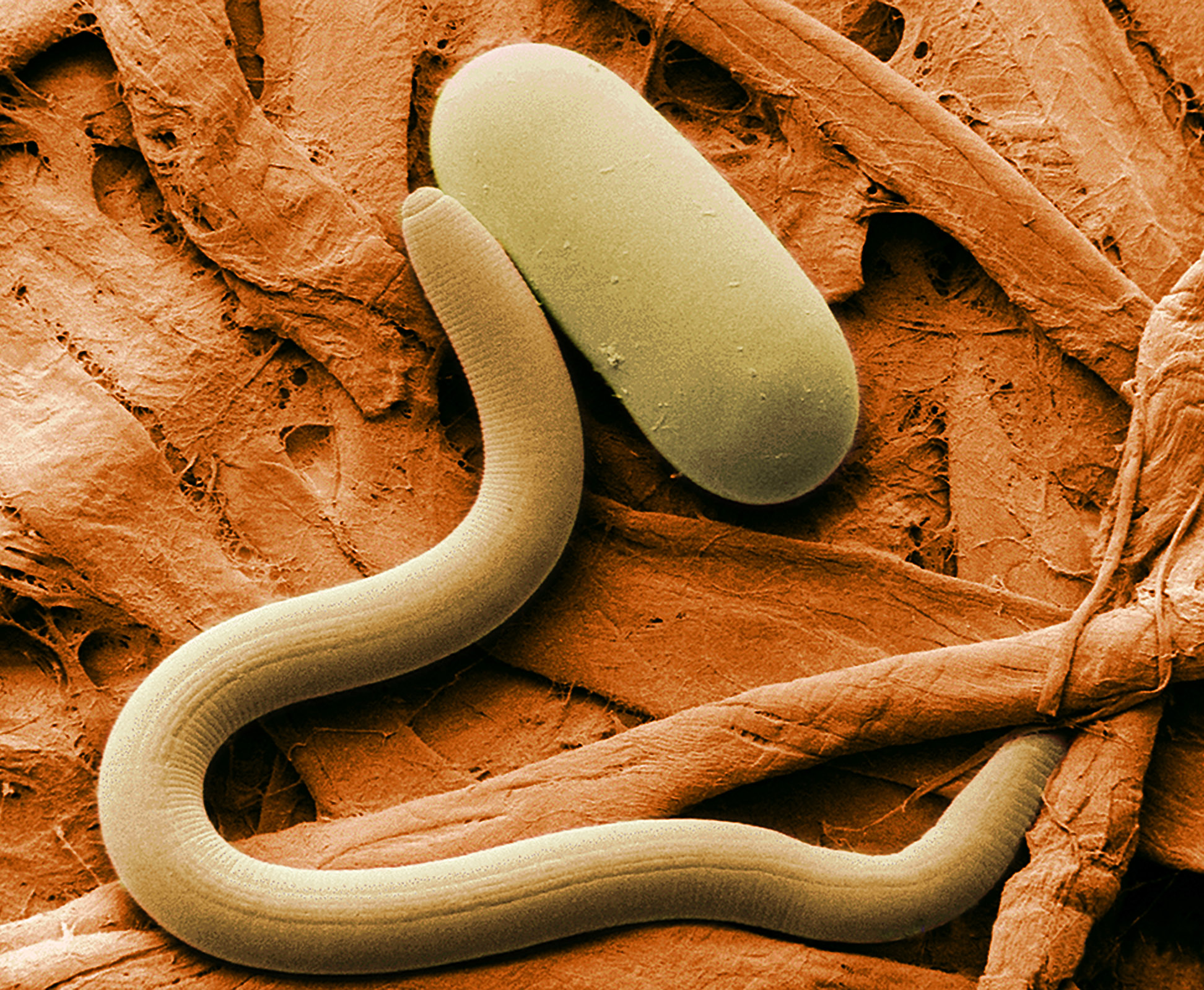
Nematodes, or roundworms, are microscopic creatures that inhabit diverse environments, from soil to water. Some species of nematodes can enter a state of cryptobiosis, where they can survive extreme desiccation and then revive when water becomes available. In this state, nematodes halt their metabolic processes, effectively pausing life until conditions improve. Researchers are exploring the genetic and biochemical mechanisms that enable nematodes to survive desiccation, with potential applications in agriculture and biotechnology. By understanding how nematodes protect their cells during extreme environmental stress, scientists hope to develop new strategies for enhancing crop resilience and preserving biological materials.
10. Mexican Walking Fish (Axolotl’s Cousin) – The Self-Healing Amphibian
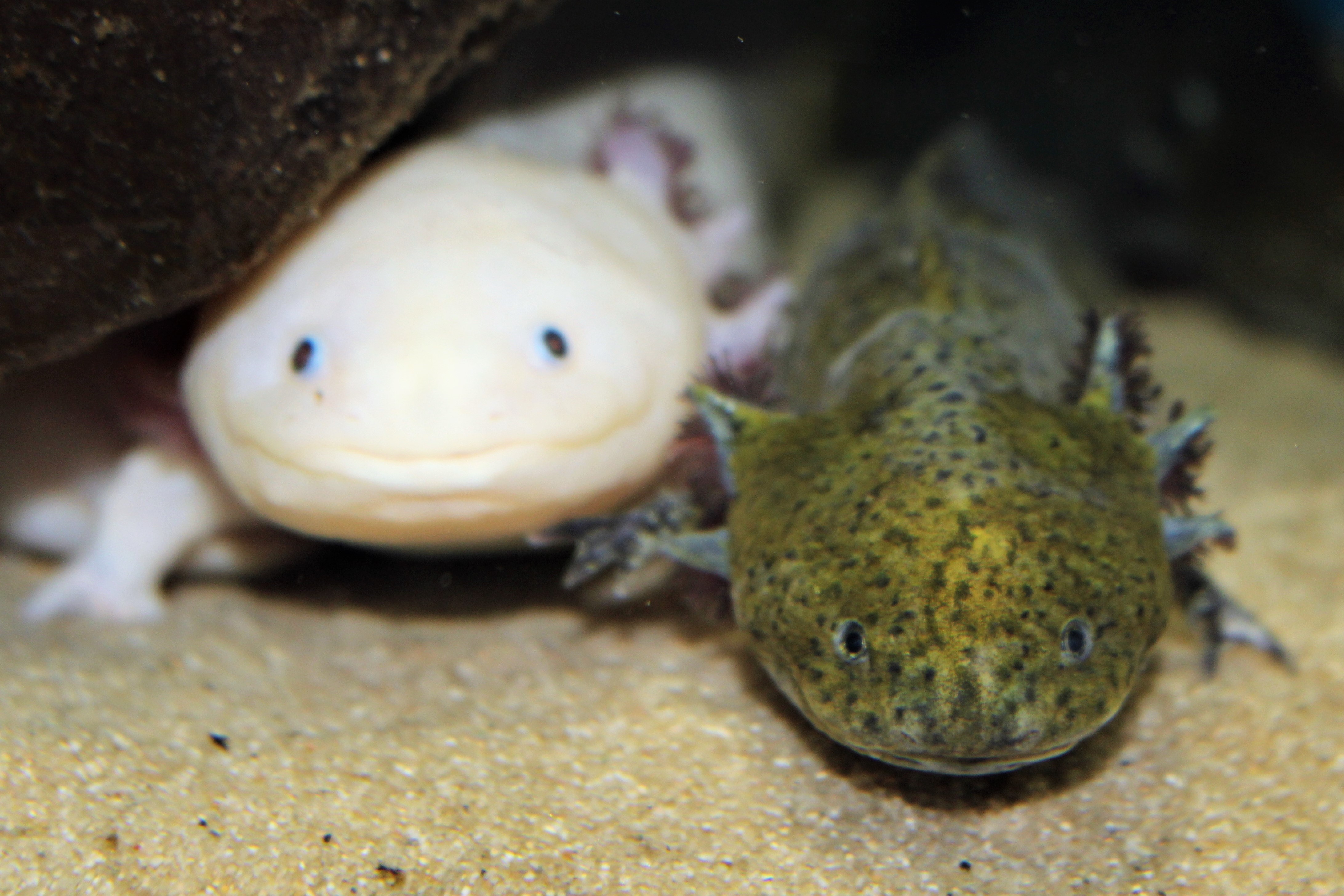
While the axolotl gets much of the attention, its lesser-known cousin, the Mexican Walking Fish (a type of salamander) possesses similar but even more surprising regenerative abilities. Unlike most amphibians, this species can regrow nearly any part of its body, including entire limbs, parts of the heart, and even sections of its brain. Scientists have discovered that these creatures can regenerate without scarring, maintaining the full function of the regrown tissue—a feat unheard of in mammals. Even more astonishing? Unlike the axolotl, some Mexican Walking Fish can transform into land-dwelling salamanders if environmental conditions change, effectively "reviving" into an entirely new phase of life. This makes them one of the few animals that can both regenerate AND shape-shift when necessary for survival.
Nature's Lessons in Resilience and Innovation
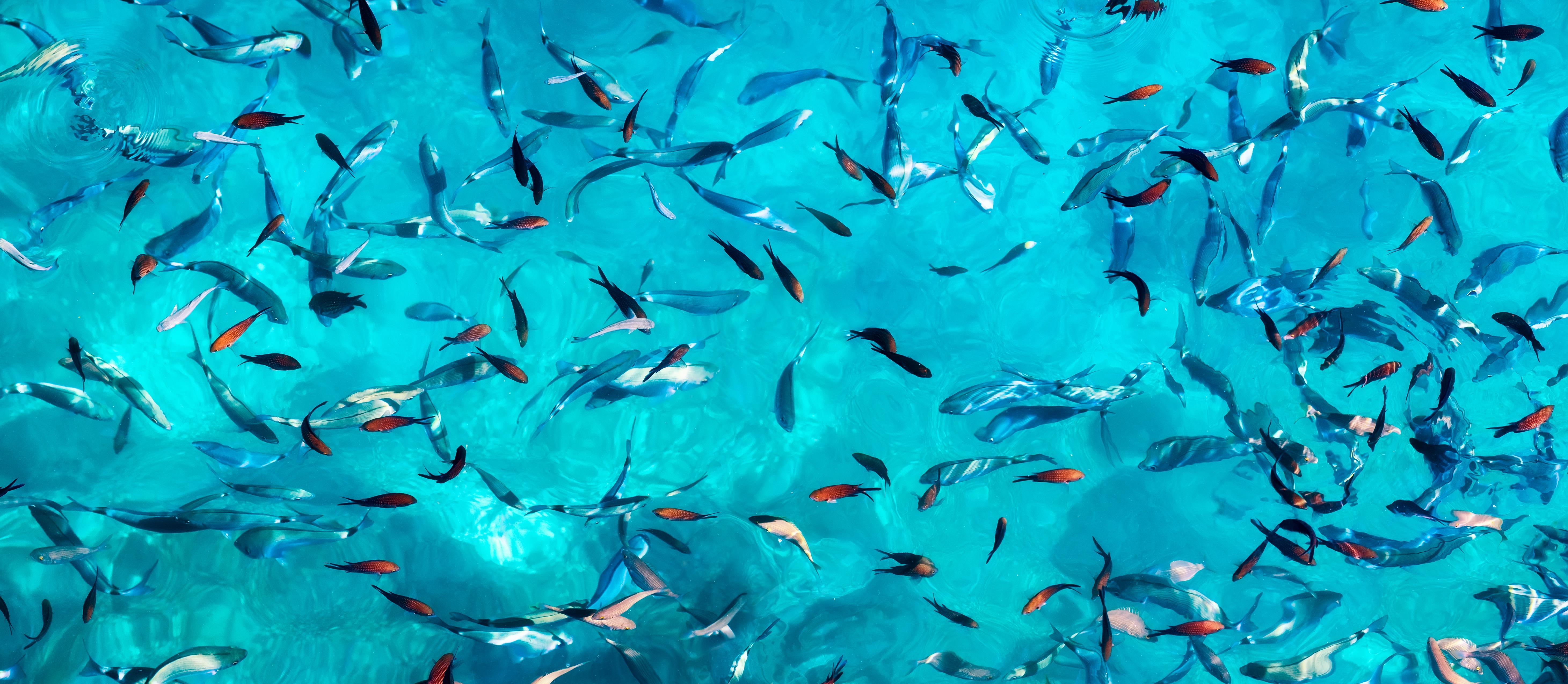
The remarkable abilities of these ten animals to revive themselves highlight the incredible diversity and adaptability of life on Earth. Each species offers unique insights into regeneration, resilience, and survival mechanisms, providing valuable lessons for science and medicine. As researchers unravel the mysteries behind these abilities, they uncover new possibilities for enhancing human health and longevity. From regenerative medicine to cryopreservation, the potential applications of these findings are vast and transformative. By studying nature's miracle makers, we gain a deeper appreciation for the wonders of evolution and unlock new avenues for innovation and discovery.







